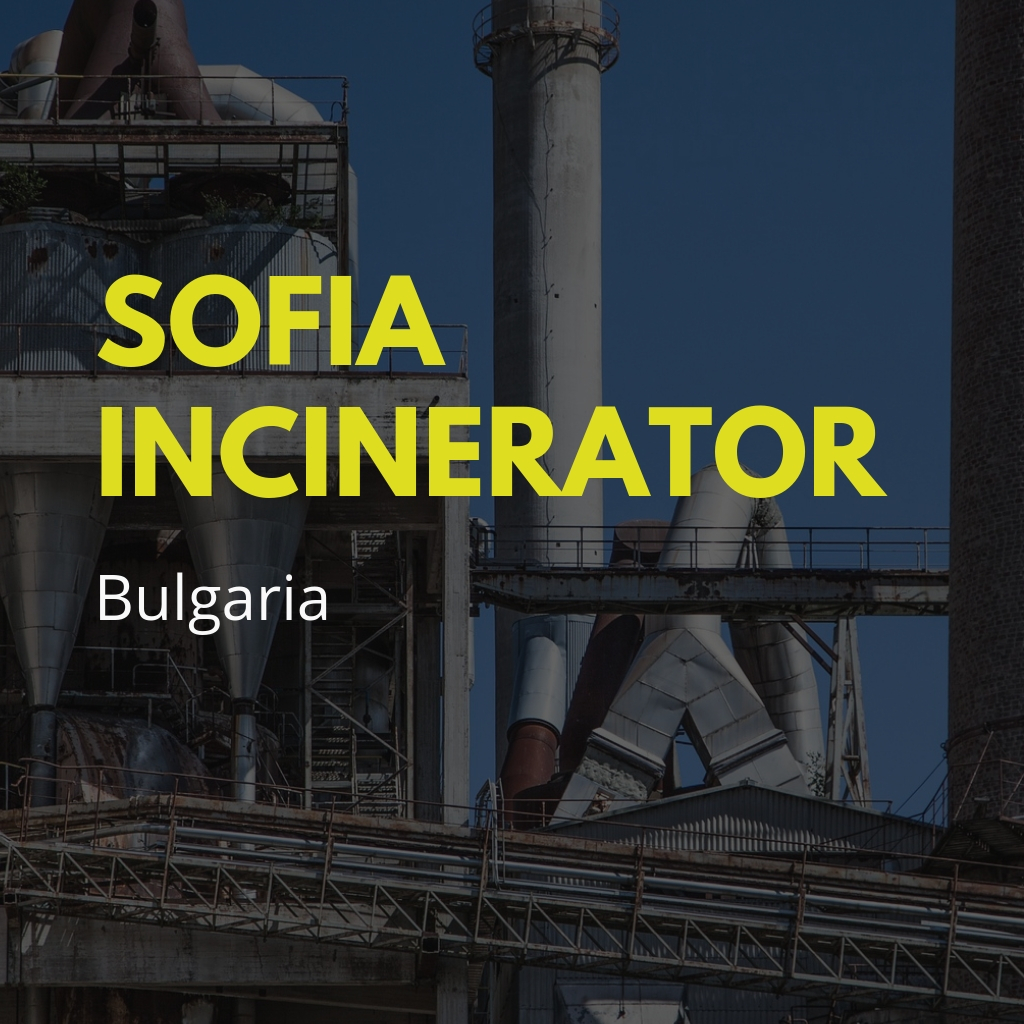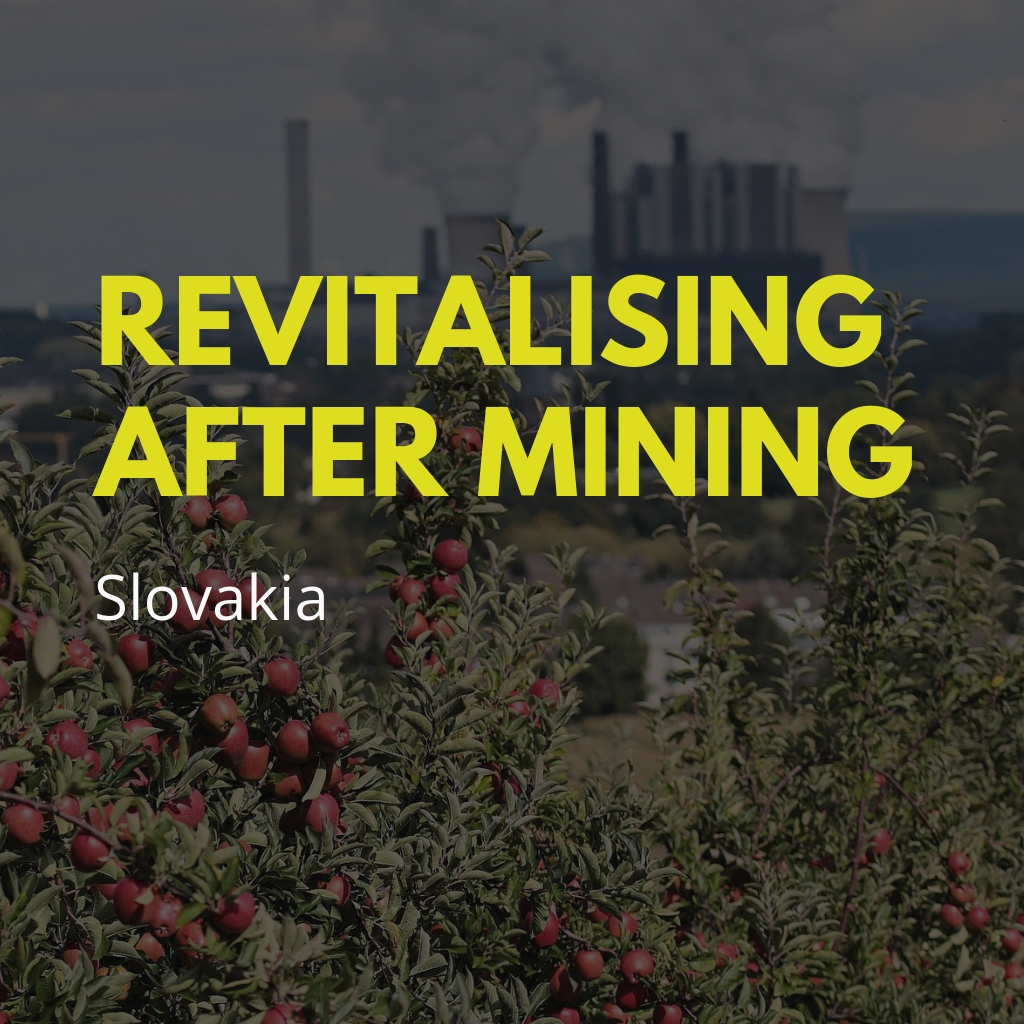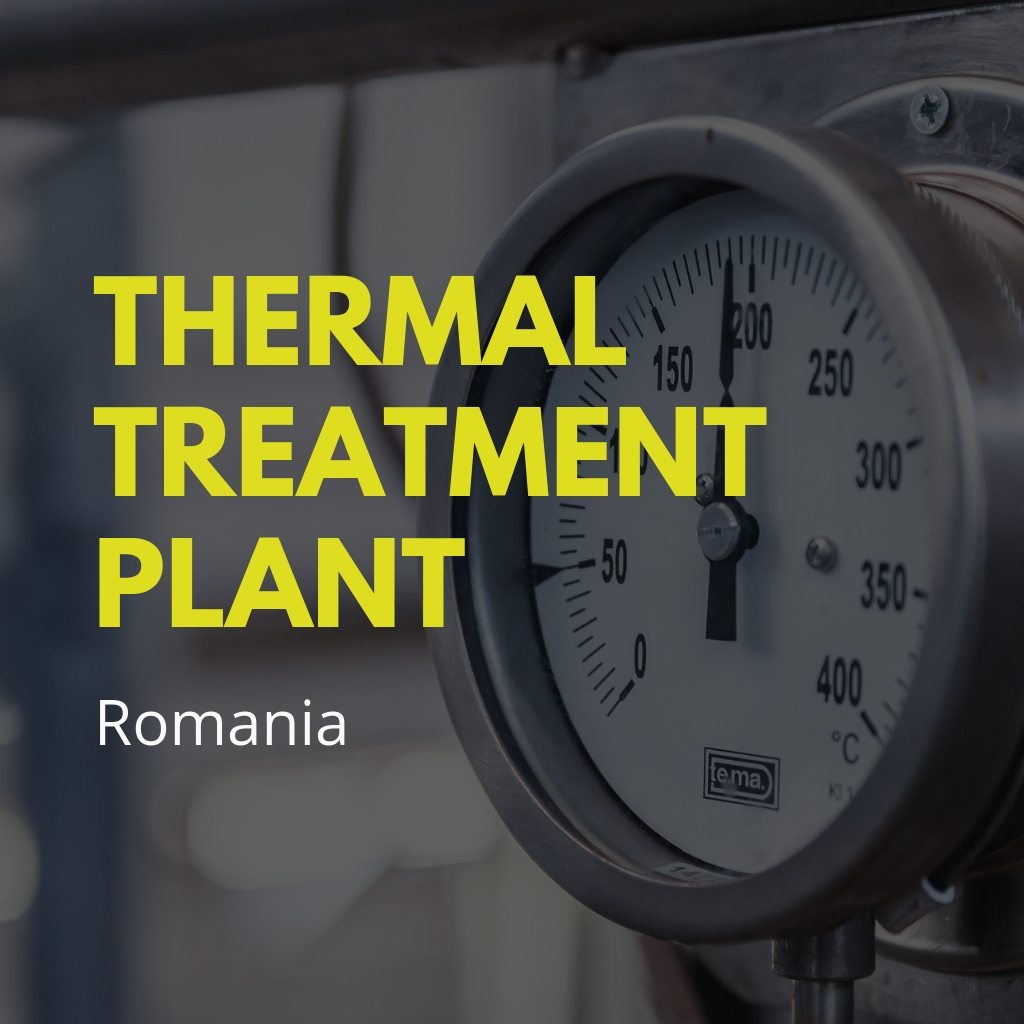Budapest waste incinerator (HUHA2)
Country: Hungary
EU funding: EUR 161 million
Since 2016, the Hungarian government and the city of Budapest have been considering a second waste incineration power plant to rid the country of sewage sludge, and while a relatively cheap method, it is not particularly effective. Though the European Commission did not seem to support the proposal, it was still considering the possibility of co-incinerating the sludge with communal solid waste, which is now cheaper than landfilling.
The project presents a number of problems, most notably in that it contradicts other EU projects underway in Budapest aimed at recycling and composting. If recyclable and compostable waste are to be incinerated, it would need to be transported to Budapest from further afield in order to ensure enough waste inputs for the project to be economically viable.
… it contradicts other EU projects underway in Budapest aimed at recycling and composting
Building such an incinerator is also much more expensive and would create much far fewer jobs than recycling and re-use. As the waste input is low in energy content, the energy generated would be small, and nearly a quarter to one half of the outputs would be toxic and still in need of landfilling. There is also the health risk associated with air pollution from the incinerator, which would affect hundreds of thousands of people in Budapest and surroundings.
In October 2018, in the latest modification of the Annual Development Framework in the Environment and Energy Operational Programme (EEOP) – under which the Budapest incinerator project was to be funded – the project was proposed to be deleted and its funding shifted for smaller, regional water treatment projects.
Fortunately this modification was approved approved by authorities, and a December 2018 government declaration ordered the energy minister to arrange the termination of the project contract by end of January 2019. The minister is also required to look at other opportunities that fits the EEOP and that would involve the Budapest municipality. This likely means an end to the Budapest incinerator plan, which is not economically viable without EU funds. The apparent abandonment of the plan seems to be linked with the Commission’s ongoing disapproval of the project. Its position was bolstered by a recent Commission report on the poor implementation of the EU’s waste directive in central and eastern Europe, where waste treatment and incineration take precedence over waste prevention, reuse and recycling.
In the new EU budget, the Commission and the European Parliament have both proposed to direct EU funding to projects higher up the waste hierarchy, meaning that make new incinerator plans should become obsolete after 2020.
District heating may burn waste as a renewable energy source
EU funding: EUR 128 million
The Hungarian Environment and Energy Operational Programme is funding efficiency and renewable energy developments for municipal district heating systems.
The problem is that the projects and plans do not exclude the option of producing heat by incinerating solid “biomass” waste (the portion of household waste that qualifies as “biomass”, other communal waste or sewage sludge is excluded).
Incinerating communal solid “biomass” waste will jeopardise Hungary’s ability to meet its waste prevention targets and as well poses risks of air pollution. In addition, solar energy is not considered an eligible project under this scheme.
Instead of the proposed project, composting biodegradable waste should be given priority over its incineration, and clear criteria about what constitutes acceptable forms of biomass as renewable energy should be developed.










